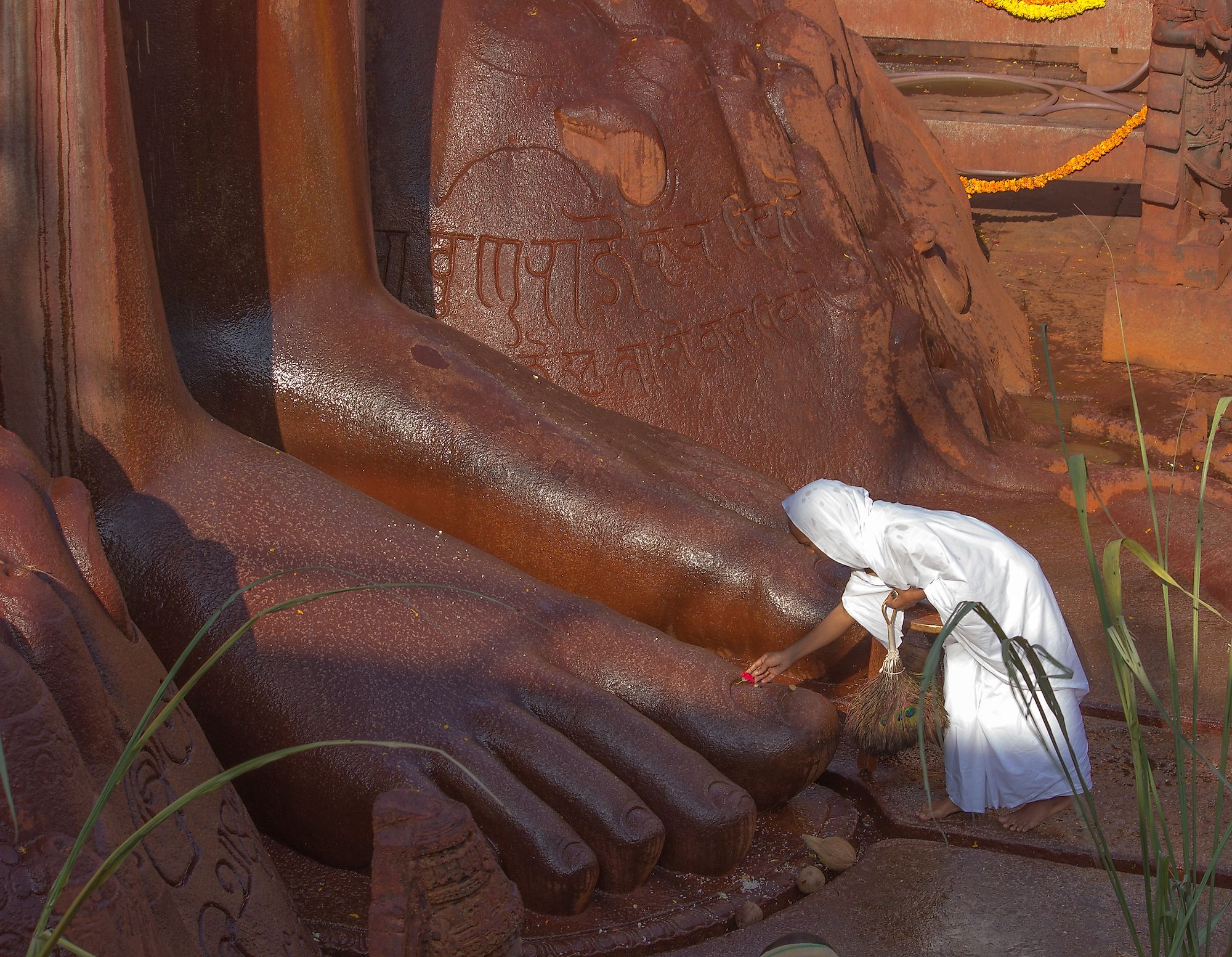
Jainism
Traditionally referred to as the “Jain Dharma”, Jainism is one of India’s most ancient religions along with Hinduism and Buddhism. It is also one of the oldest dharmic religions of the world that is still being practiced by millions of people. The name ‘Jainism’ has been derived from the Sanskrit term ‘jaina’ which means ‘to conquer.’ Only a handful of individuals who achieve enlightenment are referred to as ‘Jina’ (“Conqueror”) and the followers of this faith are referred to as Jains. It is estimated that at present Jainism has between 4 to 12 million followers all over the world, with the majority of the Jains residing in India, Australia, Canada, Kenya, the United States, and some European nations.
Origin Of Jainism
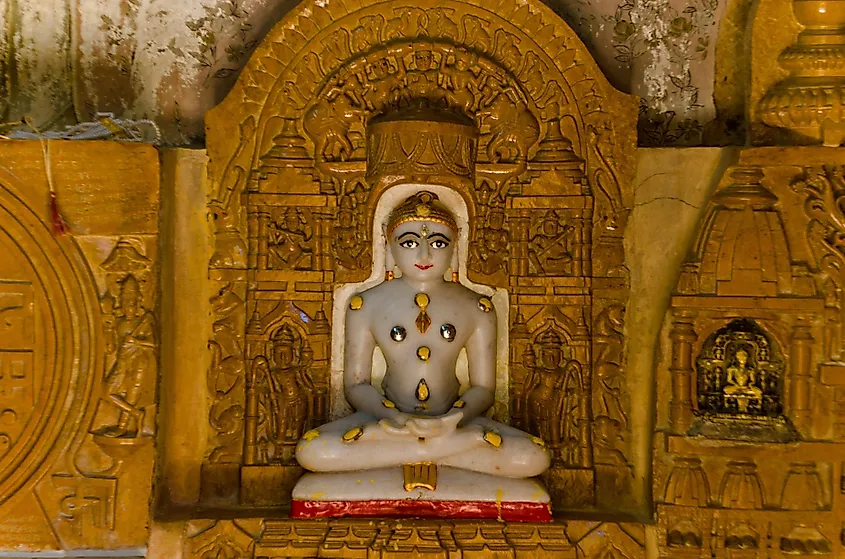
The Jains believe that their religious faith is an “eternal dharma” that has been passed down to them by a series of 24 Tirthankaras who served as their spiritual teachers. The Jains also believe that every living soul (jiva) is divine and every individual has the potential to achieve ‘moksha’ by practicing the teachings of the Tirthankaras. As per the Jains, Lord Rishabhanatha, who lived several years ago, served as the first Tirthankara. Historians believe that Jainism originated in ancient India at about the same time as Buddhism and was spread by Mahavira – the last Tirthankara of the current time cycle, who is considered as the spiritual successor of Parshvanatha – the 23rd Tirthankara. It is widely believed that during each age, the Tirthankaras help human beings to cross the “Great Ford” and reach the cosmic paradise.
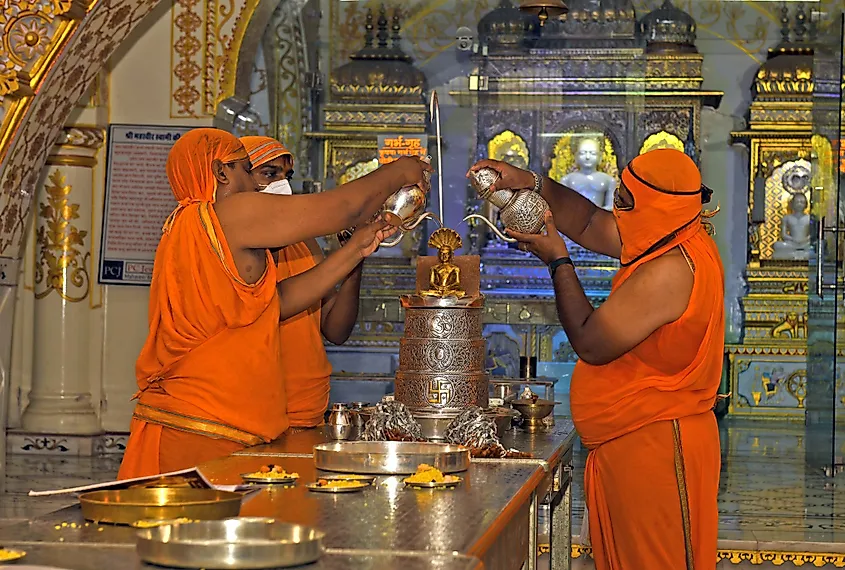
Currently, there are two primary religious denominations of Jainism: Digambara or sky-clad and Svetambara or white-clad. The ascetic practitioners of Svetambara wear white clothes, while those of Digambara do not wear clothes and practice nudity. Both these sects have mendicants who are supported by ‘sravakas’ or laypersons. In addition to this, there are three subtraditions of Svetambara including Mandirvasi, Sthanakavasi, and Terapanthi.
Principal Beliefs Of Jainism
Jainism is a transtheistic religion and its teachings are based on the three main principles of ‘Ahimsa’ or Non-violence; ‘anekantavada’ or Many-sided reality; and ‘aparigraha’ or non-attachment. Of these, ahimsa is the most fundamental principle of Jainism. The Jains consider ‘Ahimsa’ as one of their highest religious duties and several sacred Jain texts like Tattvarthasutra emphasize that all Jains must practice Ahimsa against all living beings not only in their actions but also in their thoughts and speeches. Even though the principle of Ahimsa can be found mentioned in the sacred texts of both Buddhism and Hinduism, it is most extensively practiced in Jainism. The second principle of Jainism is ‘anekantavada’ which states that both truth and reality are complicated and have several aspects. The third principle of Jainism is ‘aparigraha’ which states that the Jains must never be attached to worldly possessions.
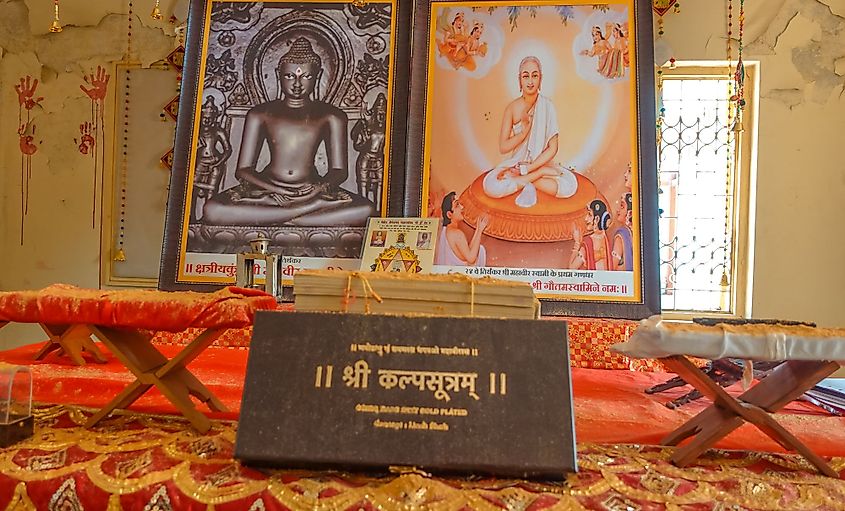
The Jains take five vows, which are referred to as ‘mahavratas’ for the mendicants and ‘anuvratas’ for the laypersons. The five vows include: ‘ahimsa’ or non-violence; ‘Satya’ or truth; ‘Asteya’ or not stealing; ‘Brahmacharya’ or celibacy; ‘Aparigraha’ or non-possessiveness. In addition to this, there are seven supplementary vows which include four ‘siksa vratas’ and three ‘Gupta vratas’. The Jains believe that one can escape the cycle of ‘samsara’ and attain ‘moksha’ or liberation by practicing the “Triratnas” or Three Jewels. These include: “samyakdarshana” or Right Faith; “Samyakjnana” or Right Knowledge; and “Samyakcharita” or Right Conduct.
Brief History
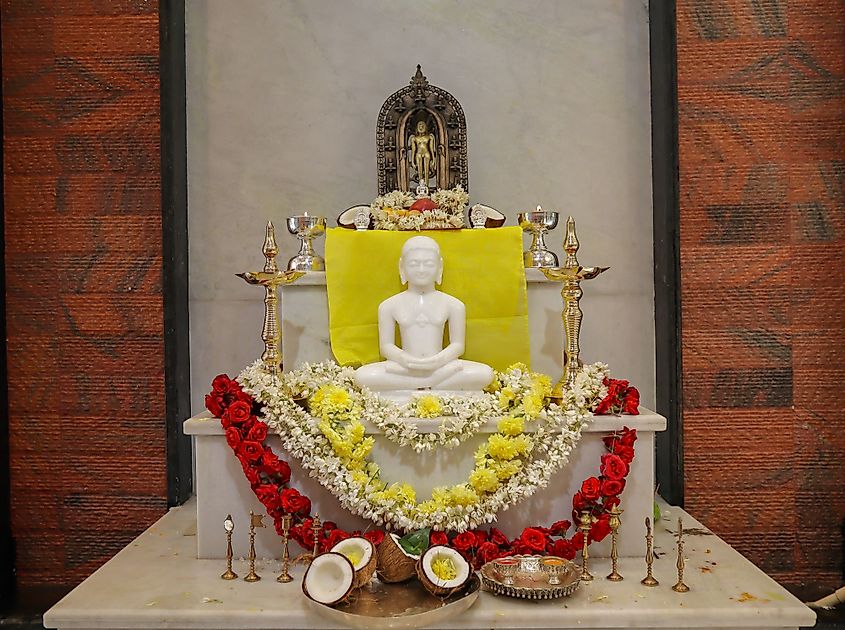
As per the Jain discourses, Vardhamana Mahavira – the 24th Jain Tirthankara, was born at the beginning of the 6th century BCE, as the son of King Siddhartha and Queen Trishala of the Ikshvaku Dynasty that lived in the Vaishali district of the present-day Indian State of Bihar. It is believed that both King Siddhartha and Queen Trishala were devotees of Lord Parshvanatha – the 23rd Jain Tirthankara and both died by performing ‘Santhara’ when Vardhamana was about 28 years of age. At about the age of 30, Vardhamana left his home and became an ascetic who was in search of spiritual awakening. After 12 and a half years of practicing severe austerities and intense meditation under a Sal tree, Vardhamana achieved “Kevalajnana” or infinite knowledge, and came to be known as “Mahavira.” For the next 30 years, Mahavira preached his sermons to his followers and his teachings were compiled by his chief disciples that came to be known as the Jain Agamas. At the time of his death, Mahavira had assembled a large community of Jain followers that contained about 36,000 nuns and 14,000 monks. The Kings of Magadha’s Haryanka Dynasty including King Bimbisara, Ajatashatru, and Udyain were the patrons of Jainism. It is believed that the founder of the Mauryan Empire – Chandragupta Maurya in the latter part of his life, became a disciple of the Jain ascetic Acarya Bhadrabahu. With the spread of Jainism, several Jain temples were built in due course. However, the invading Muslim rulers persecuted the Jains and destroyed their temples, converting them into mosques. Nevertheless, in a short time, Jainism began to spread beyond the boundaries of India into other parts of the world.
Jainism Today
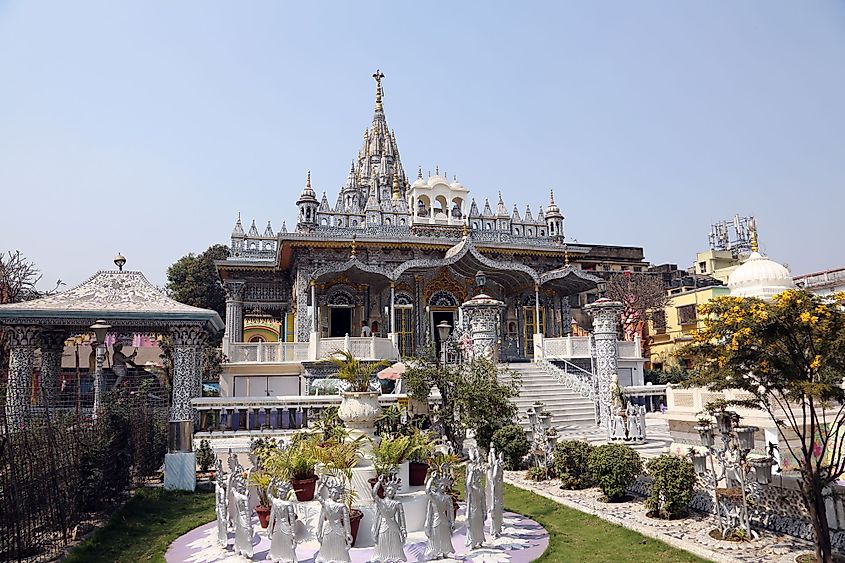
Currently, about 4 to 12 million people all over the world are followers of Jainism, with the majority of Jains being found in the countries of India, the United States, Kenya, Australia, the United Kingdom, Canada, and some European nations. India, being the birthplace of Jainism, has the largest Jain population in the world, with 4,451,753 Jains living in the country. The world’s second-largest Jain population is found in the United States, with about 150,000 to 200,000 Jains living there. The other nations which contain a significant population of Jains include Kenya, the United Kingdom, Canada, Australia, and some European nations.











